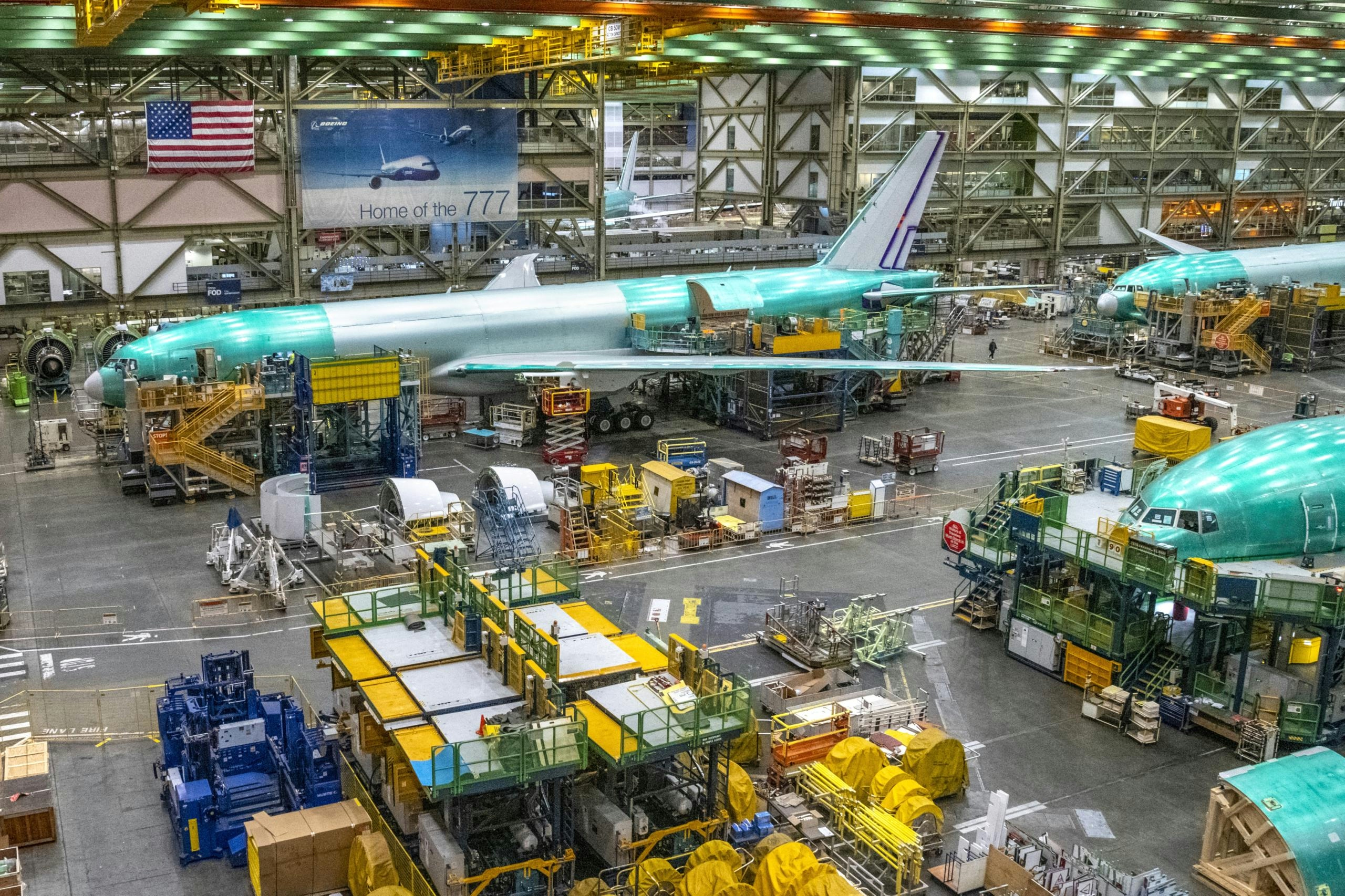
AeroGenie – Ihr intelligenter Copilot.
Trends
Categories
Delay in Air India Crash Details Raises Concerns
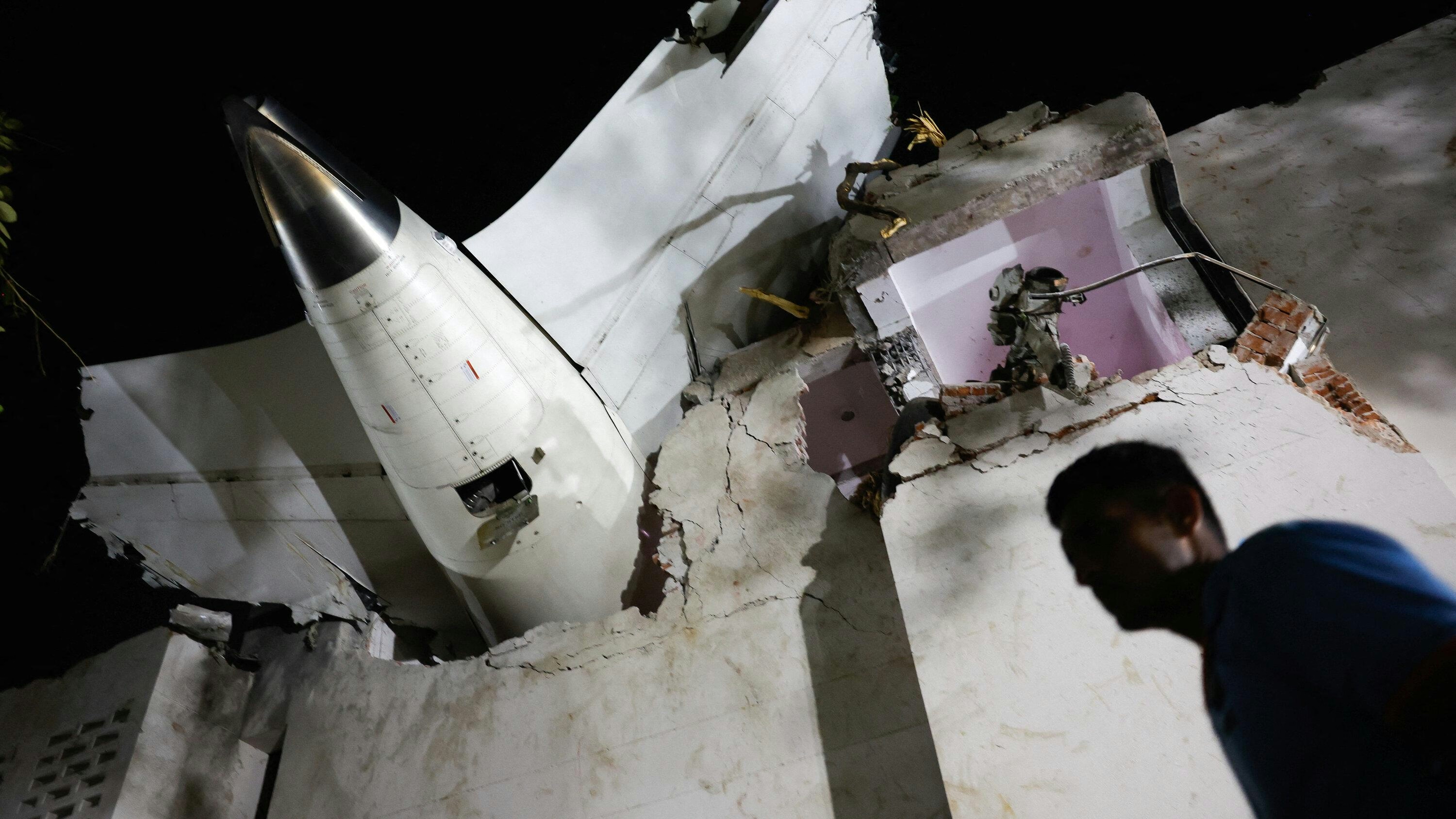
Delay in Air India Crash Details Raises Concerns
Two weeks after the tragic crash of Air India flight AI 171 in Ahmedabad on June 12, critical questions surrounding the incident remain unresolved. Although the digital flight data recorder (DFDR) and cockpit voice recorder (CVR) have been recovered, conflicting reports about their condition and the location of their decoding—initially attributed to the U.S. National Transportation Safety Board (NTSB) and later to Indian authorities—have generated widespread speculation. The absence of clear and timely communication from the Directorate-General of Civil Aviation (DGCA) and Air India has allowed rumors and unverified theories to proliferate, particularly across social media platforms, heightening anxiety among passengers, crew, and the broader public.
Impact on Air India and the Indian Aviation Sector
This information void comes at a particularly sensitive juncture for Air India, which is undergoing a significant transformation under its Vihaan.AI program, aimed at establishing the airline as a world-class global carrier. The crash has not only shaken public confidence in the airline but has also raised broader concerns about safety standards within the Indian aviation sector. Market analysts warn that the incident could adversely affect inbound tourism and business travel, potentially reshaping the dynamics of Indian aviation and tourism industries. Competitors are closely monitoring Air India’s response, while the aviation reinsurance market is expected to harden, placing additional strain on the already loss-making Indian aviation insurance sector.
Despite these challenges, the Indian aviation regulator has maintained that comprehensive safety inspections of Air India’s Boeing 787 fleet have revealed no major concerns. Nevertheless, the ongoing delay in releasing detailed crash information risks undermining these reassurances and could impede India’s ambitions to be recognized as a safe and reliable aviation hub.
Analysis of Available Evidence and Emerging Questions
The only substantial visual evidence released to date is CCTV footage provided by the airport operator. Although the video does not capture the initial take-off run, it offers crucial insight into the latter stages of the aircraft’s departure. The footage dispels certain rumors, such as claims that the aircraft took off from an intersection rather than the full runway length—a point corroborated by flight tracker data. However, new questions have arisen regarding whether the aircraft utilized the turning pad before the runway’s end in an attempt to expedite departure.
Detailed analysis of the footage reveals the aircraft emerging from the right side at the four-second mark, with another plane taxiing nearby. By the seventh second, all wheels of AI 171 are on the runway, indicating that the aircraft had not yet reached take-off speed. At the eight-second mark, the aircraft is near the runway’s end but has not yet initiated rotation for take-off. Rotation occurs only at the 15-second mark, accompanied by a cloud of dust, and moments later, the nose of the aircraft yaws to the right, suggesting a possible right-engine failure.
In the absence of official findings from the DFDR and CVR, speculation continues to circulate, with some attributing the crash to potential issues with the Boeing 787-8 Dreamliner, while others point to possible human error. The delay in releasing concrete information not only fuels uncertainty but also places additional pressure on Air India’s transformation efforts and India’s broader aviation reputation. For the sake of public confidence and industry stability, it is imperative that authorities expedite the release of the DFDR findings without further delay.

CALC Orders 30 Airbus A320neo Jets to Expand Fleet by 2026

AI in Travel Planning: Benefits, Risks, and Future Prospects
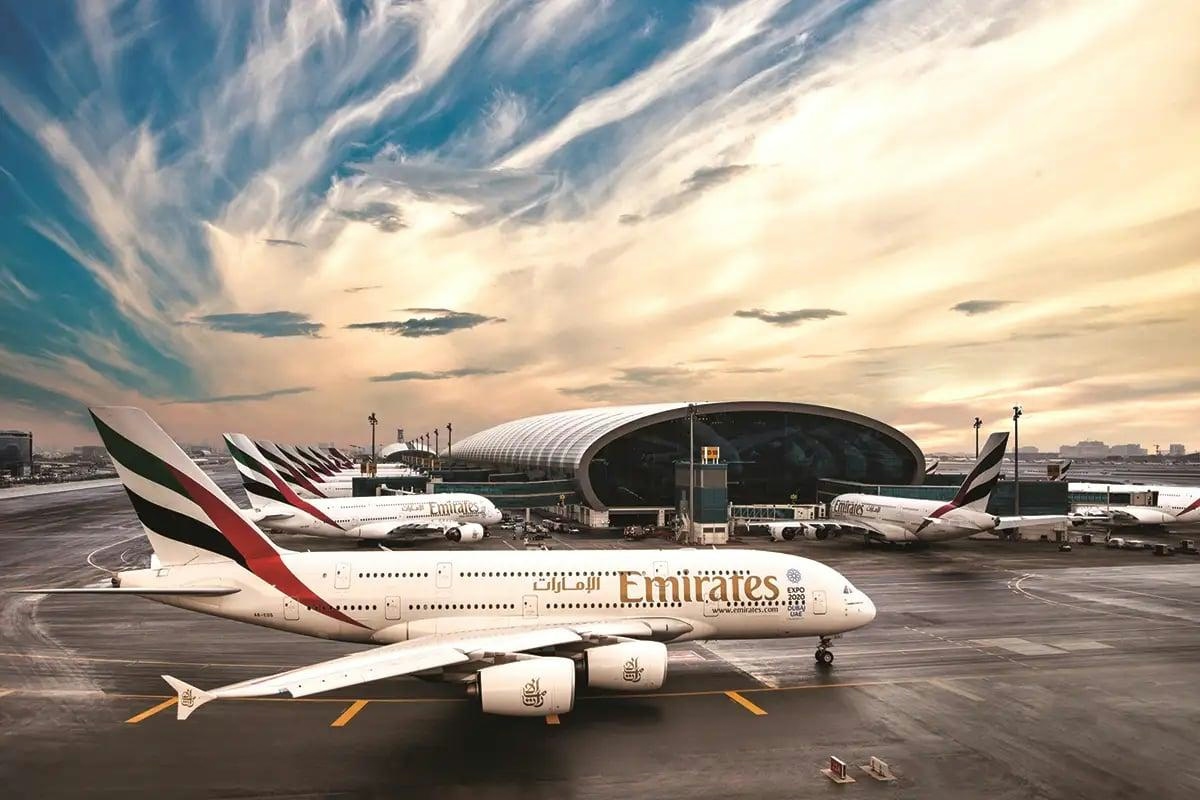
Airline Operated Largest Widebody Fleet in 2025
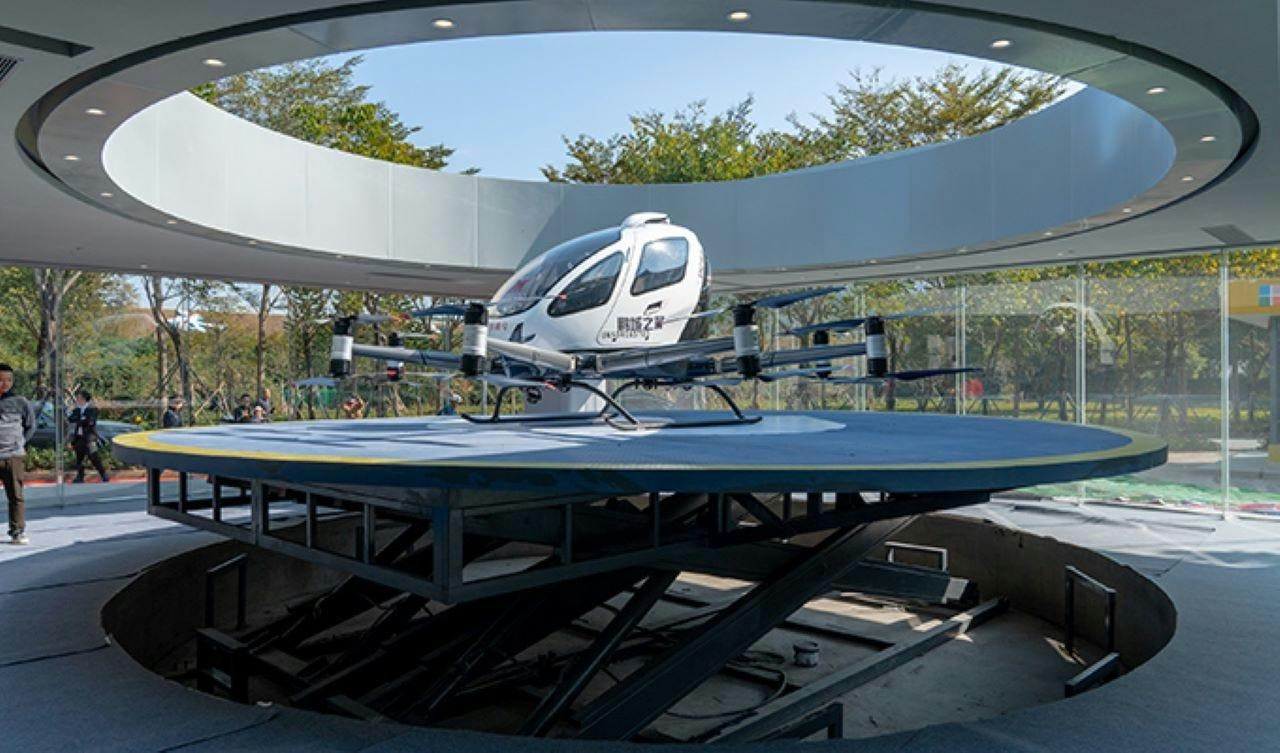
Tel Aviv Plans First Vertiport to Support Air Taxi Services
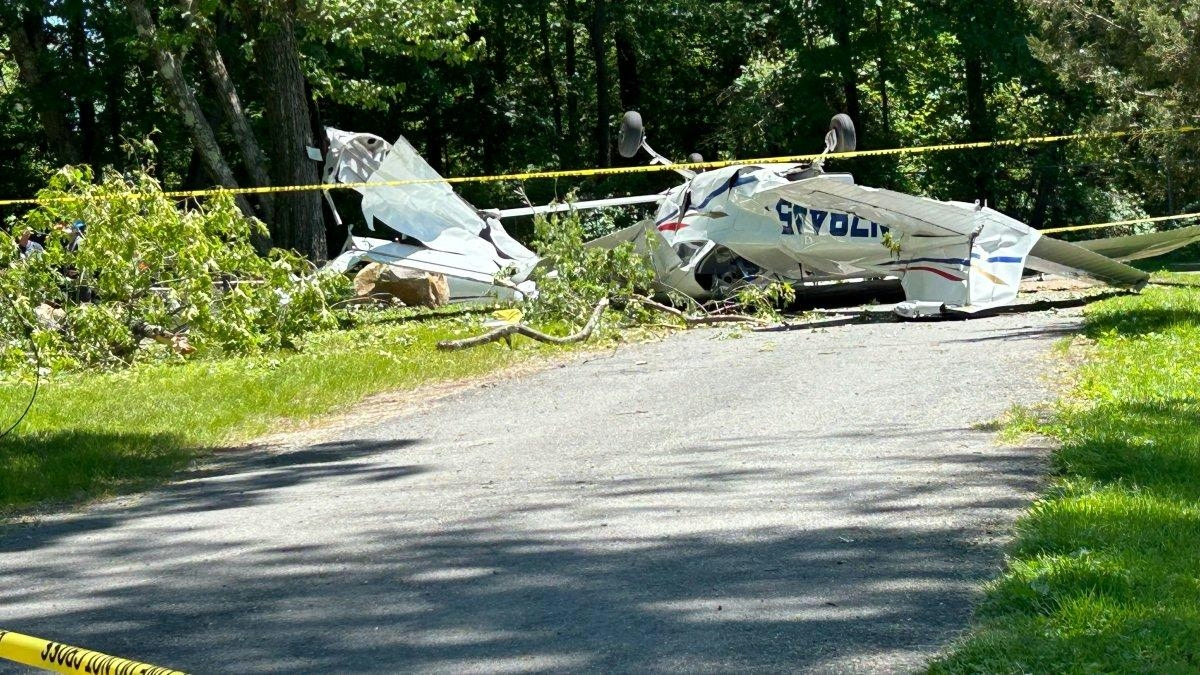
Pilot’s Distress Call Captures Near-Engine Failure Incident
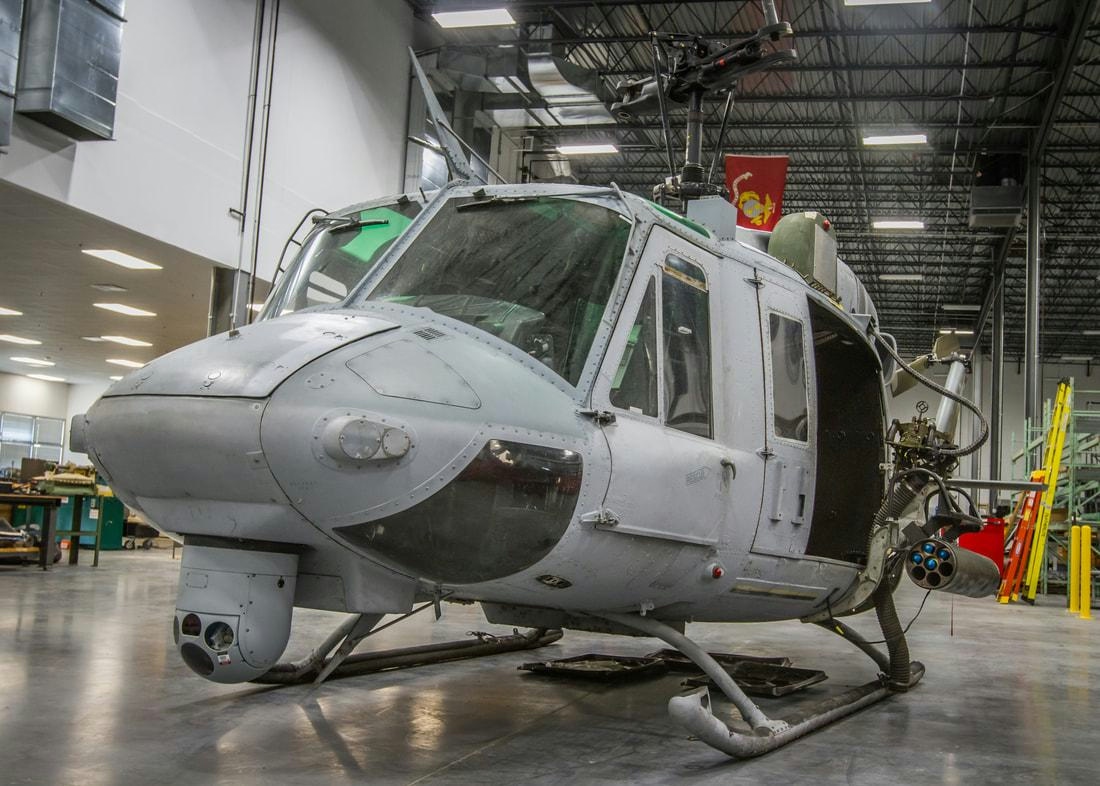
The Small Cold War Helicopter Considered by the Marines for Combat
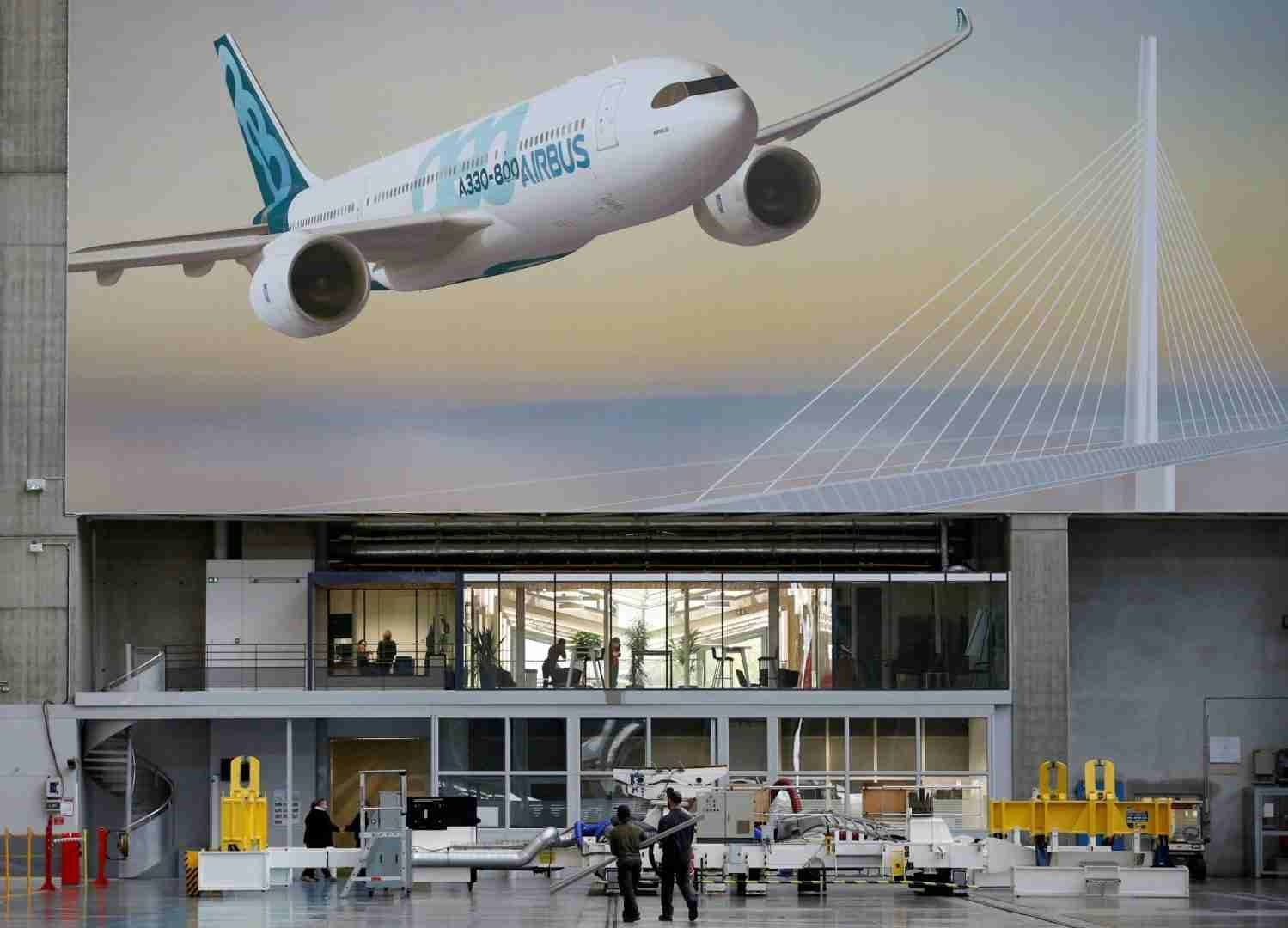
Boeing and Airbus Orders Race in 2025: Who Leads?
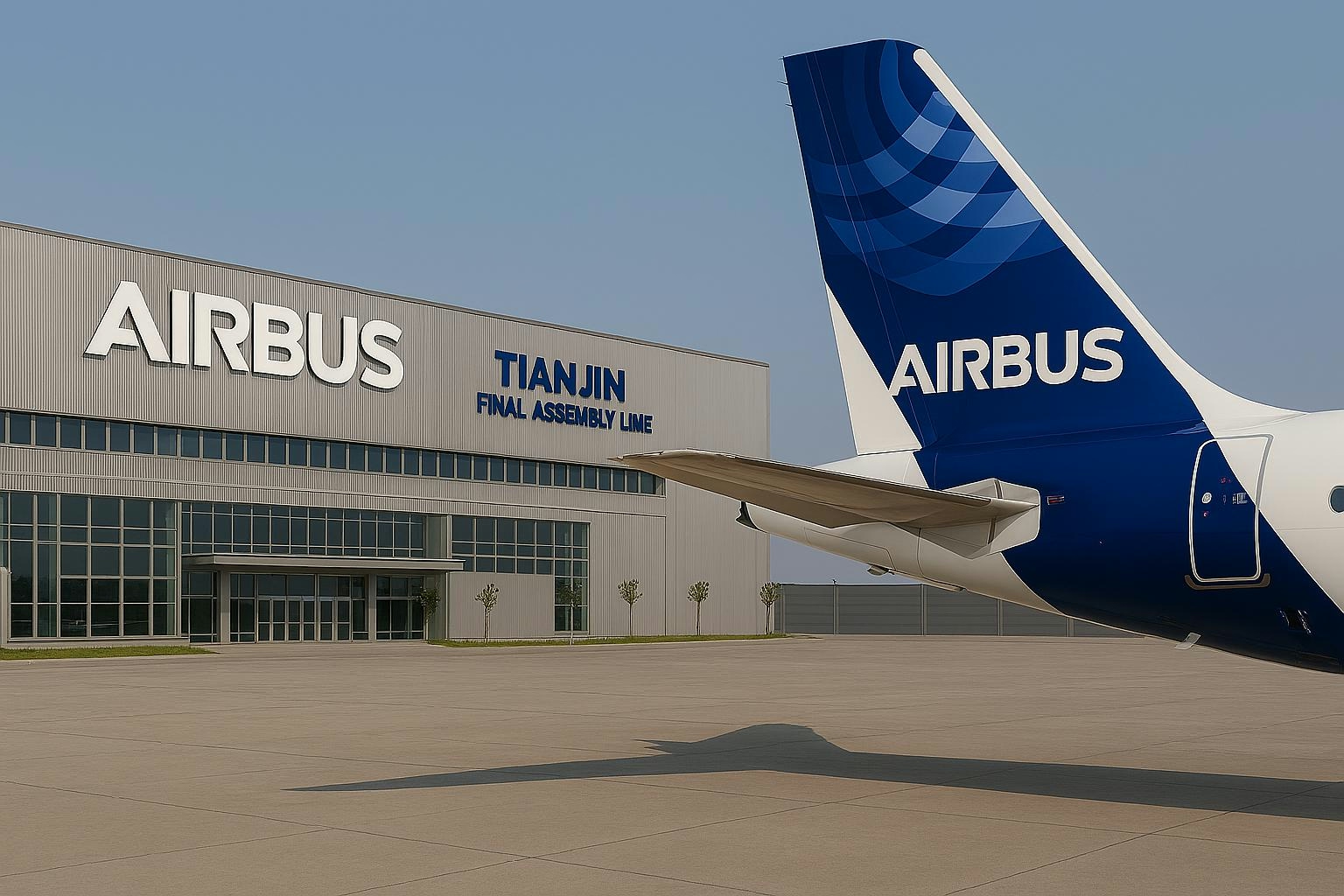
Air China Shares Rise After $9.5 Billion Airbus Jet Order
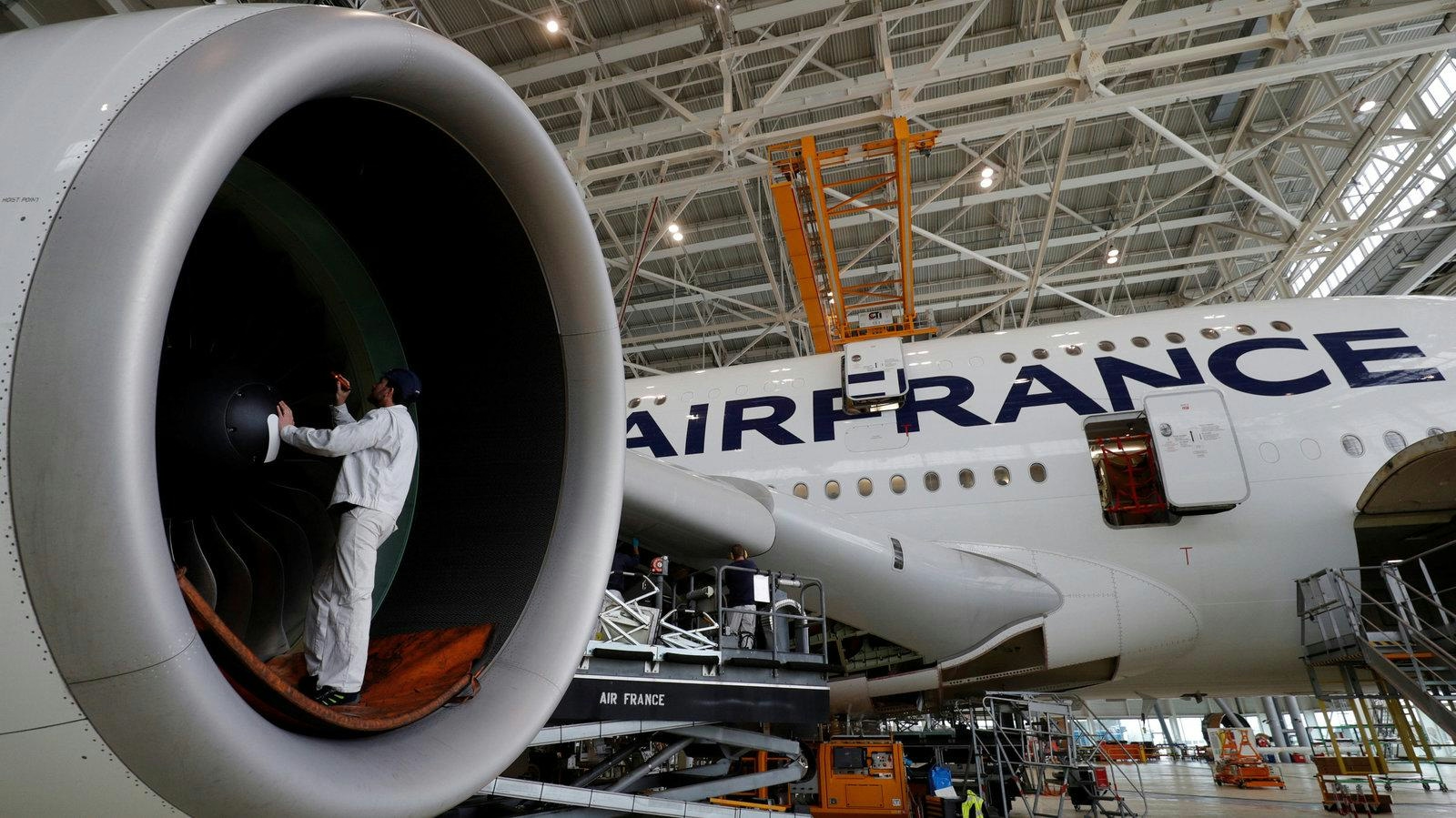
Why Airbus Chose Four Engines for the A380
